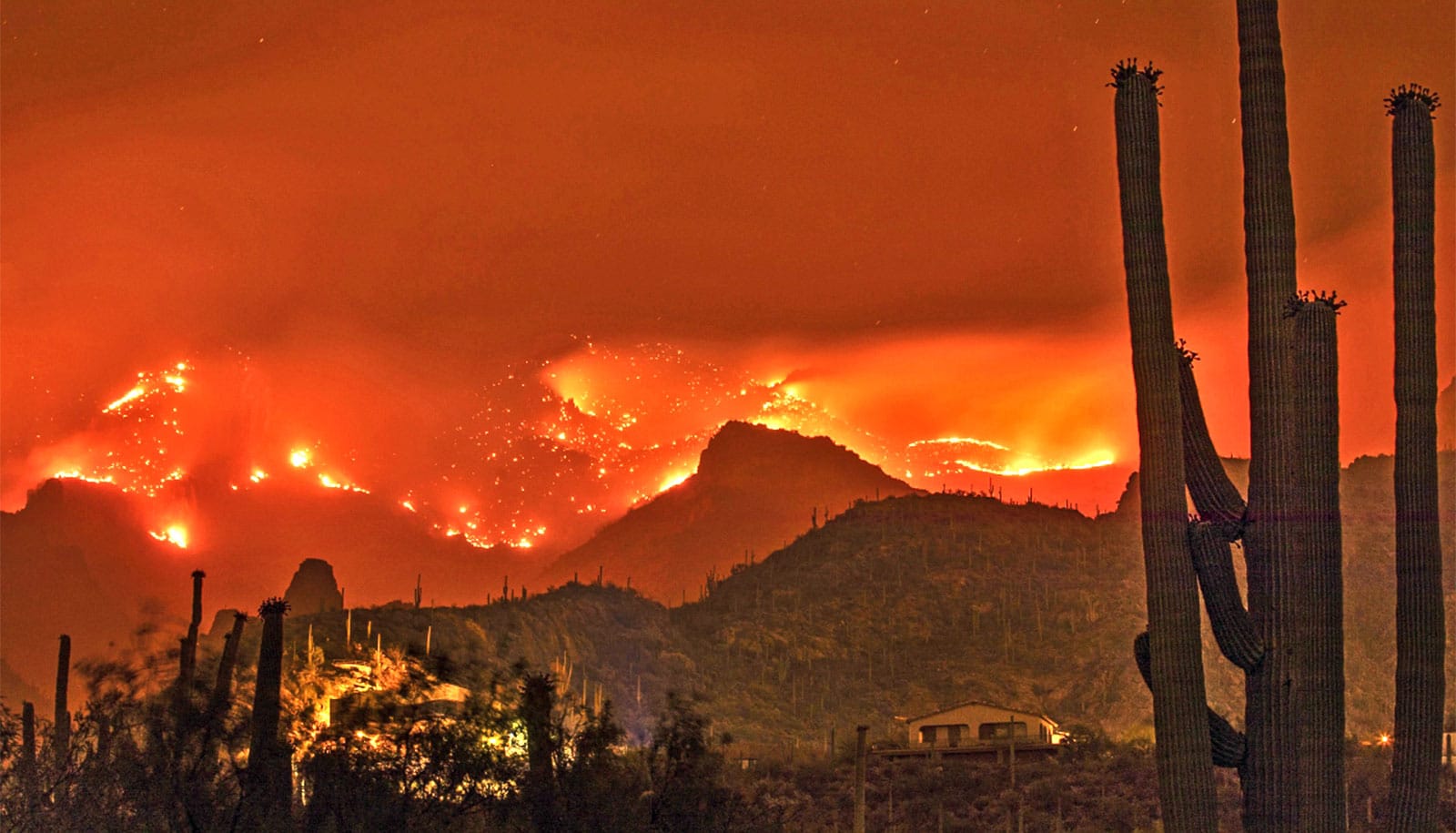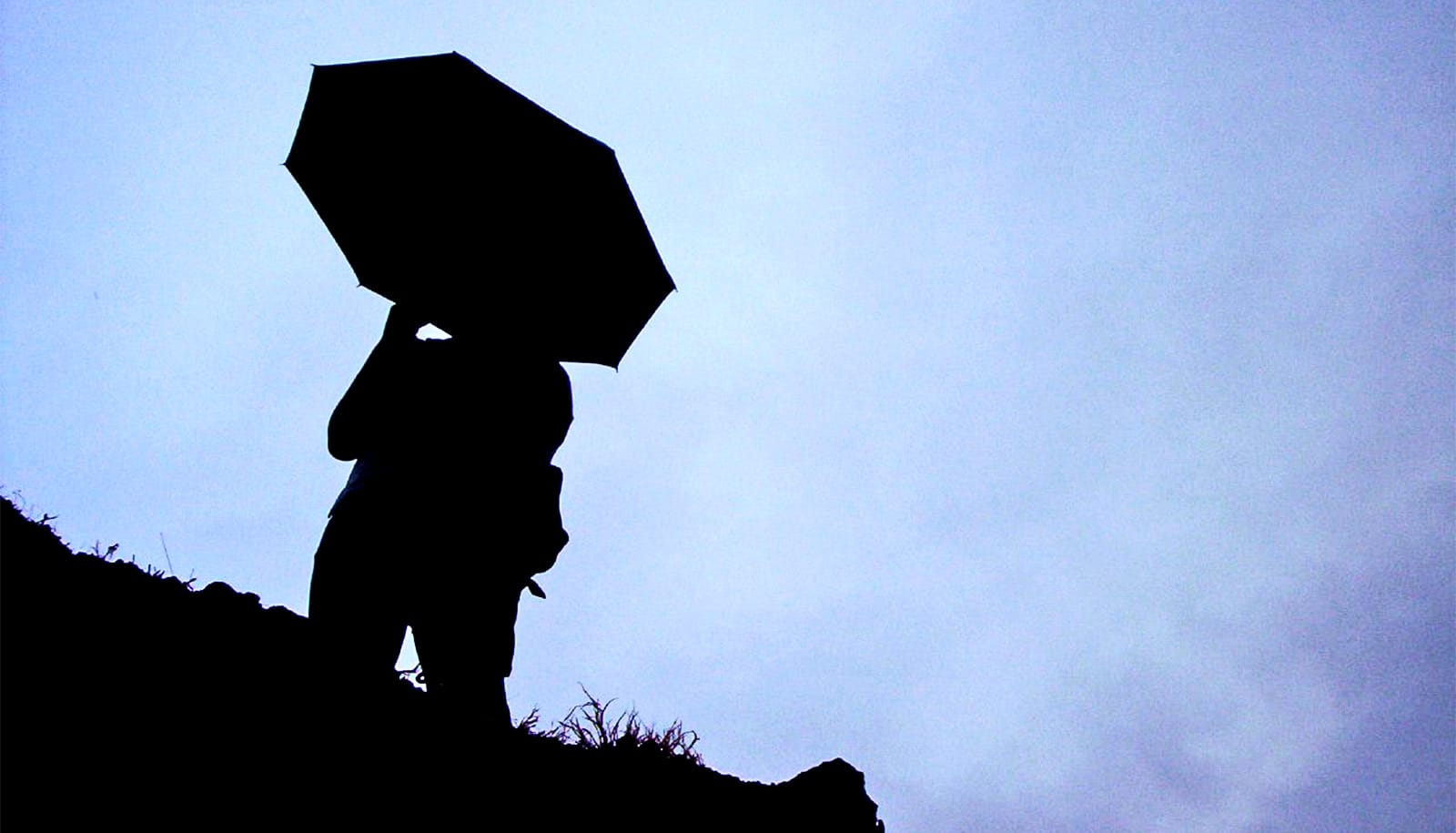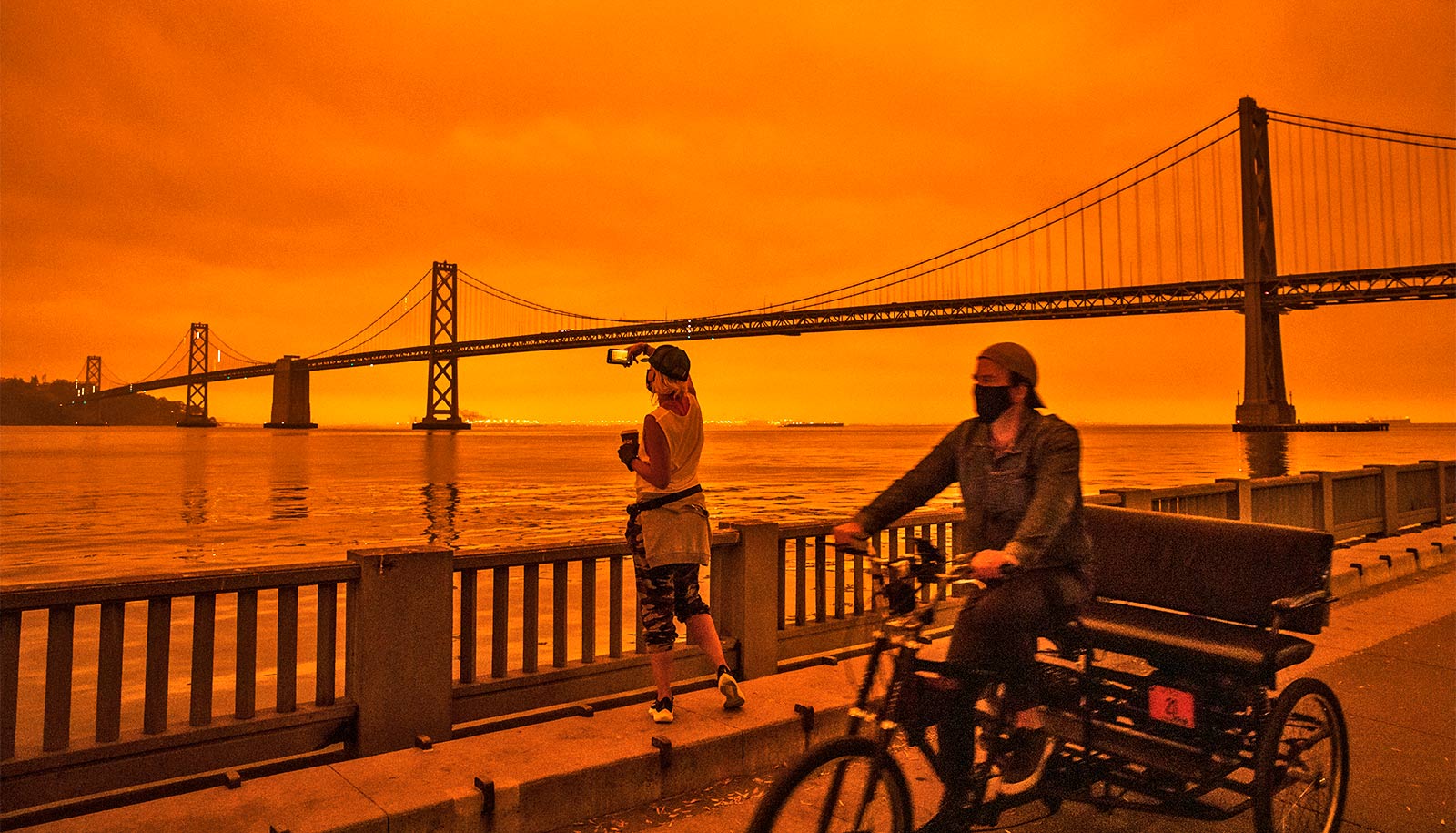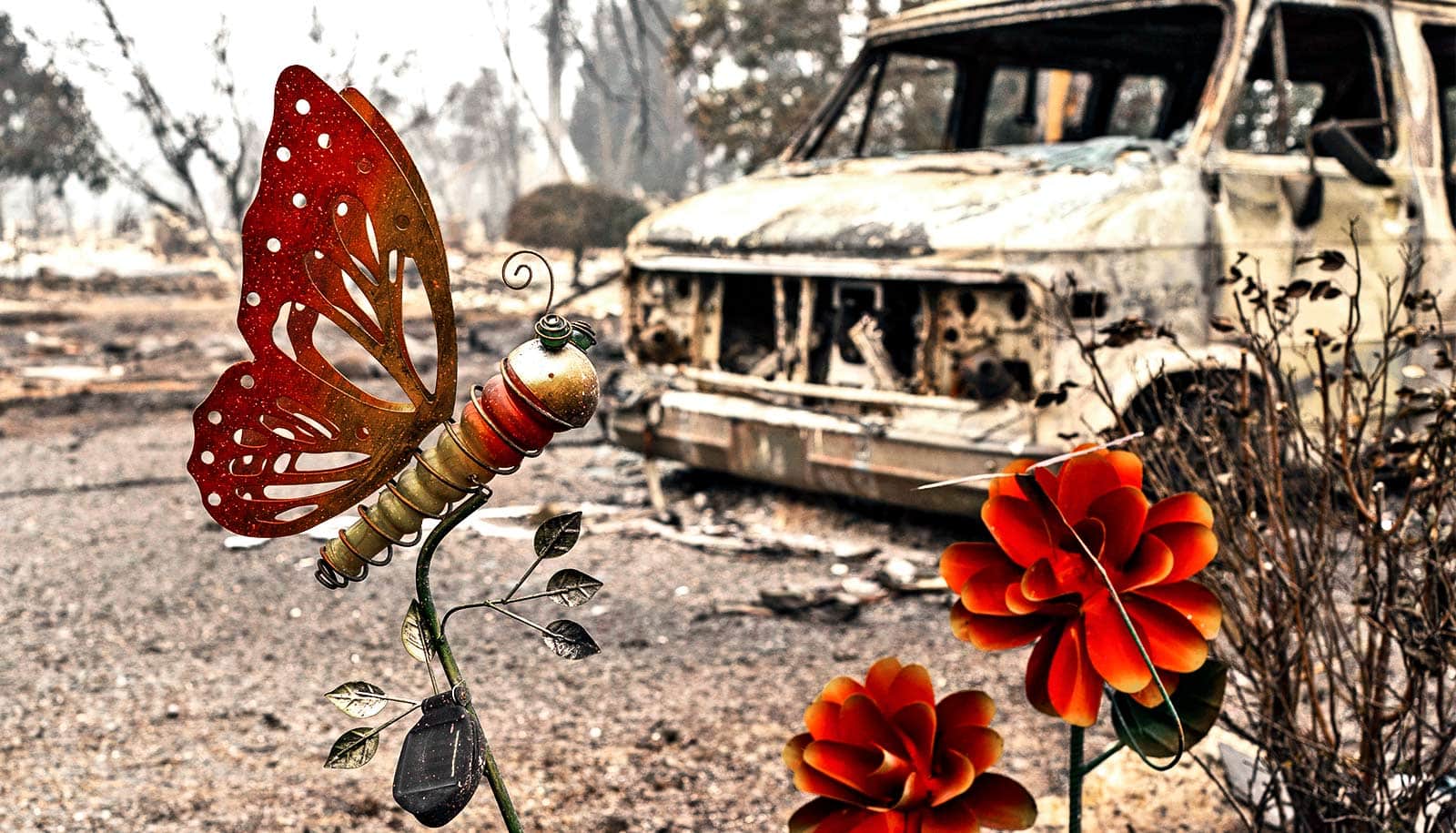The North American monsoon has dictated the length of wildfire season for centuries in the US-Mexico border region, according to new research.
But this year was anything but normal. The 2020 monsoon season was the second-driest on record, and many high-profile wildfires swept across the Sonoran Desert and surrounding sky islands.
Putting an end to severe fires may only become harder as climate change makes monsoon storms less frequent and more extreme, say the researchers.
The new findings could inform land management amid global climate change. The US may be able to learn from Mexico’s wildfire management strategy, the researchers say.
“Realistically, there’s only one factor that could give you simultaneous large fires in multiple sky islands, and that’s climate.”
“These large fire years are the result of many factors, but fire weather and seasonal climate loom very large in the picture. In the case of (Tucson’s) Bighorn Fire (this summer), for example, we had a combination of unusually hot weather, low humidity, and strong winds. When the monsoon is delayed, that means the fire season lasts longer, giving fires more time to burn,” says Don Falk, professor in the School of Natural Resources and the Environment at the University of Arizona and coauthor of the study in the International Journal of Wildland Fire.
“It’s well-known that what really gets us through May and June in Arizona is winter rainfall and snowpack. It adds moisture to the system,” says lead author Alexis Arizpe, who was a research specialist and graduate student in the Laboratory of Tree-Ring Research when he did the research.
“The start of the fire season is controlled by winter rain, but the monsoon controls the end of it. The physical rainfall limits fire with deceased temperatures, increased humidity, and soil moisture.”
Arizpe, who is now a technician at the Gregor Mendel Institute of Molecular Plant Biology in Vienna, Austria, and colleagues analyzed patterns of widespread fire years going back more than 400 years using tree-ring samples extracted from sky island mountain ranges—isolated mountaintops that are ecologically distinct from the surrounding valleys—in southern Arizona and northern Mexico.
“Realistically, there’s only one factor that could give you simultaneous large fires in multiple sky islands, and that’s climate,” Falk says. “We now understand that the sky island bioregion has a distinctive ‘monsoon fire regime’ different from anywhere else.”
Fuel for fires
Researchers have learned about the monsoon’s role in regulating wildfires from records of past fires, but they didn’t have the ability to assess it over long periods, Falk says.
That recently changed when former Laboratory of Tree-Ring Research graduate student Daniel Griffin, now on the faculty at the University of Minnesota, compiled the first-ever tree-ring record that teased out monsoon rainfall from winter rainfall.
When the team sorted out the interactions between winter and monsoon rainfall and wildfires, interesting relationships emerged.
“When it’s wet in both seasons, you never get a big fire,” Falk says. “When it’s wet in winter and dry in the monsoon, you see fire occasionally. When it’s dry in winter but a good monsoon, every now and then you get some big fires. But the real action is when it’s dry in both seasons. Think of it as how much time fires have to burn.”
“Looking forward, we have to accept the new reality that fire seasons will be longer and more severe in the future.”
Also, heavy winter rainfall promotes fuel buildup. When a wet winter is followed by an especially dry year, there’s a lot of built-up fuel, such as dry grass, that’s primed for lightning strikes or stray sparks.
Another pattern emerged in the data: Large, high-severity fires burn more often in the US than in Mexico. This is mostly due to land management differences, Arizpe says. In many areas of Mexico, traditional land management practices continue. This includes seasonal grazing combined with local prescribed burning to renew grasslands, allowing low-severity fires to burn naturally as they have for centuries.
In contrast, for the last 100 years, the US Forest Service has focused heavily on fire suppression, meaning fires are snuffed out as soon as possible. As a result, fuels accumulate, providing fuel for more severe fires later, Falk says.
Currently, nearly half of the US Forest Service’s budget funds fire suppression. As a result, the US hadn’t experienced many destructive wildfires until droughts of the 21st century produced unmitigated fuel for some of the largest wildfires the region has ever seen.
“Ironically, our investment is paying off in the form of gigantic fires that threaten our forests,” Falk says.
Fewer monsoons, more wildfires
Using the tree-ring record, the team found that for centuries, low-intensity wildfires scarred but didn’t kill trees about once every 10 years. This natural process is healthy for the regional ecosystem. Small fires that stay low to the ground clear up dead foliage on the forest floor and turn it into nutritious ash from which new plants can grow.
Larger, more destructive fires cause public outcry that triggers a cycle that exacerbates the problem, Falk says. Fire suppression tactics allow fuels to accumulate. More fuel means more highly destructive fires and more public outcry. As a result, policymakers pour more money into suppression to protect human assets like towns and power lines.
Such large, destructive fires do much more than scar trees. High severity fires can leave large landscapes with damaged soils and few living trees. It can take decades or even centuries for the ecosystem to recover, which can be detrimental to native species. In the meantime, erosions and landslides may occur.
Climate change researchers predict that the region will only get hotter and drier as climate change progresses, resulting in more common and devastating wildfires, says Christopher Castro, associate professor of hydrology and atmospheric sciences, who was not involved with the research. Castro uses climate models to forecast future monsoons. His research shows that monsoon storms will become more intense but less frequent. This could also possibly delay the end of the wildfire season.
“This is all bad from a wildfire perspective,” he says.
Mexico, on the other hand, has let fires naturally run their course relative to the US. As a result, they have relatively more natural and less destructive wildfire patterns, although large fires have occurred there as well, Falk says.
“Looking forward, we have to accept the new reality that fire seasons will be longer and more severe in the future. This is simply the new world that we have created for ourselves and for nature by propelling climate change so rapidly,” Falk says.
“Managers will have a massive challenge on their hands dealing with this new reality, but certainly in the short run we need to provide them with the means to manage forests more proactively, including forest thinning, prescribed burning, and other measures to reduce fuels.”
Source: University of Arizona



